Continued from previous post
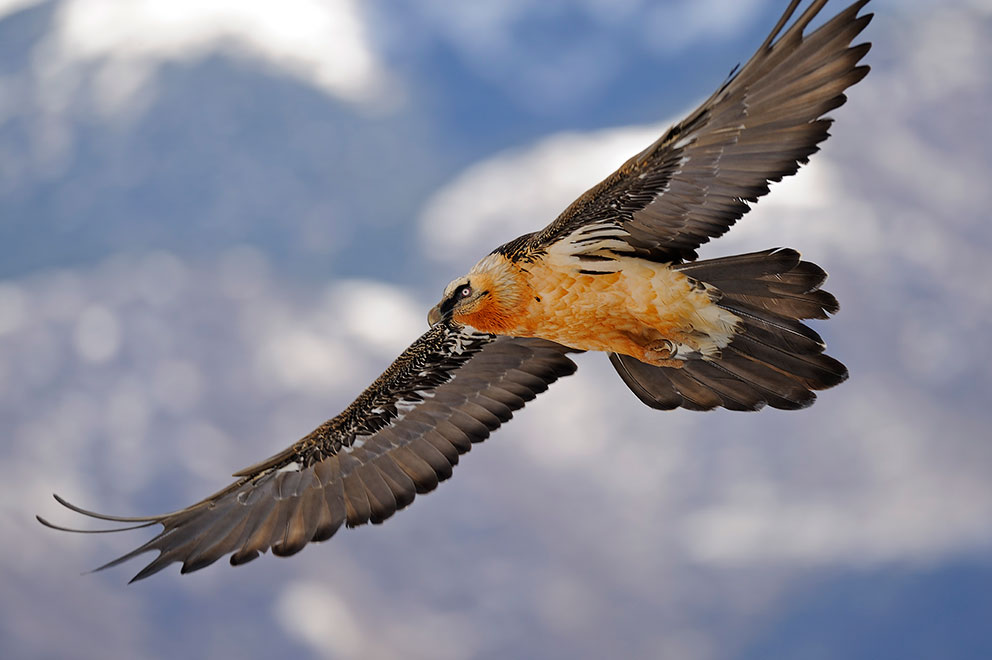 The following morning we set off for the nearby Red, or Flaming Cliffs.
The following morning we set off for the nearby Red, or Flaming Cliffs.
Roy Chapman Andrews had spent years here, convinced about his theory that dinosaurs laid eggs, and his first discovery of them was in this area. Today, parts of the Cliffs are still strictly off limits to travelers, with paleontologists still exploring fertile areas. The cliffs themselves are the remnants of a huge prehistoric inland sea, with the Gobi desert floor being the ocean bottom. Mongolia was warm and wet in these times, and clay sediments laid down over millenia proved a fine preservative. Even today, and in the easier to access areas of the cliffs, one can still come across dinosaur bones emerging from the red sandstone; wind constantly erodes the cliffs and the bones of long extinct animals protrude from the cliffs, some of them hundreds of feet up.
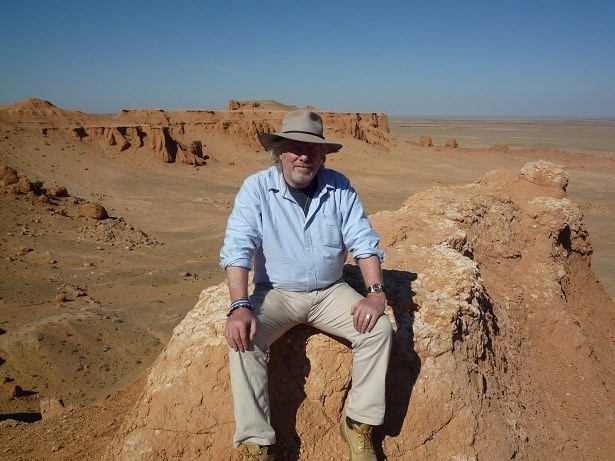 Other bone fragments can be found at the cliff base, pieces worn loose by the wind eventually fall down and can be picked up. From a scientific point of view they are worthless, with no strata to identify their age identification is impossible, and many are small. However, even today pieces can be found underfoot or protruding from the rock face. They are easy to spot – dinosaur bones are ivory white and show up easily against the red sandstone.
Other bone fragments can be found at the cliff base, pieces worn loose by the wind eventually fall down and can be picked up. From a scientific point of view they are worthless, with no strata to identify their age identification is impossible, and many are small. However, even today pieces can be found underfoot or protruding from the rock face. They are easy to spot – dinosaur bones are ivory white and show up easily against the red sandstone.
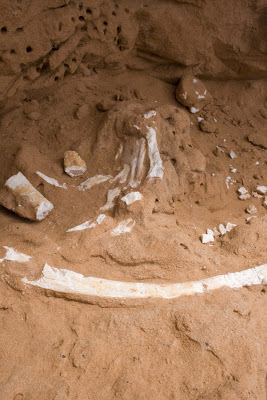
Oliver and Shirley uncover a piece of backbone, I undercover what may be the ribs of an ancient fish or small mammal – the central core where the marrow and nerve systems used to run are easily visible. Later I pick up pieces of wood, except it too is fossilized, the ancient remainders of what used to be a primeval forest, now sunk away to Gobi.
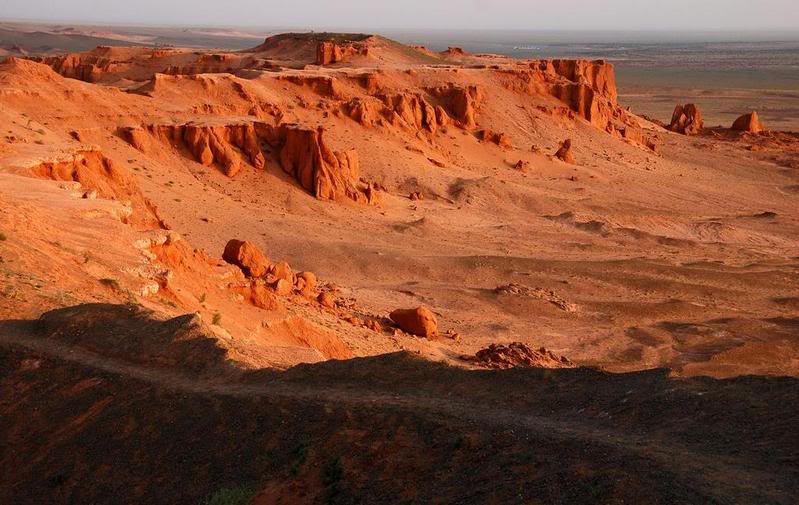
The following day we are on the move again, to Yolyn Am, a massive valley carved out of the Gobi by a single fresh water spring and resulting stream that runs along the valley floor. Like the Grand Canyon, one descends into Yolyn Am, it lies well below the Gobi Desert platform.
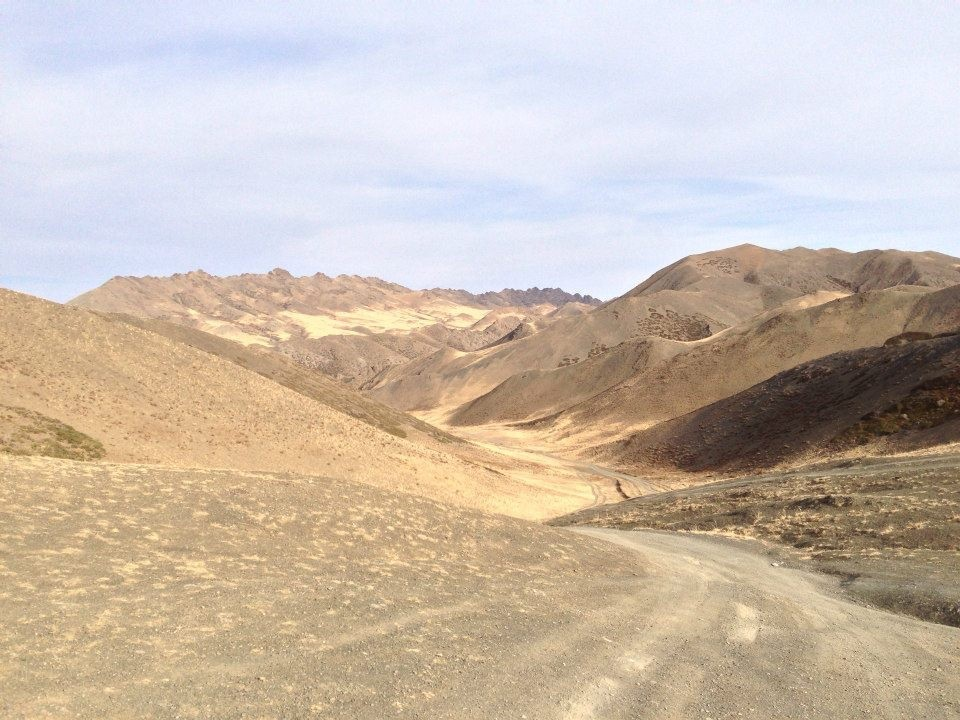
Translating as “Lammergeier Gorge” I had first been here ten years previously, where a massive ice wall had built up over centuries. I had climbed up and stood on the top, nearly 150 feet high. Today, it has all but disappeared, showing the effect of global warming even in these remote, gloomy canyon walls. Nevertheless, the Gorge floor is full of wildlife, the spring and stream keeping it green and fertile. Sides of the Gorge and the base either never, or only receive very fleeting amounts of direct sunlight each day. Red Billed Coughs wheel about the rocky heights, the high walls perfect for their nests. Daurian Pika are everywhere, as are Redstarts, then suddenly, a whistle, and I look above. A Lammergeier swings around a bend in the Gorge, its wings perfectly stretched out as it glides effortlessly through just fifteen feet above, its orange feathers striking as the suns rays illuminate the bird from high above. Pika must be a main diet, and with amazing dexterity and a subtle flick of the wrist – I swear I only see a few of the outer wing feathers move – it turns again as it follows the Gorges twists and turns.
Eventually I find the spring responsible, and sup from its treasured water. This small amount of water has carved its way through solid rock and the very floor of the Gobi over millions of years, and still it flows. Maybe this is all that is left of the Gobi Desert sea, still sustained by aquifers far below.
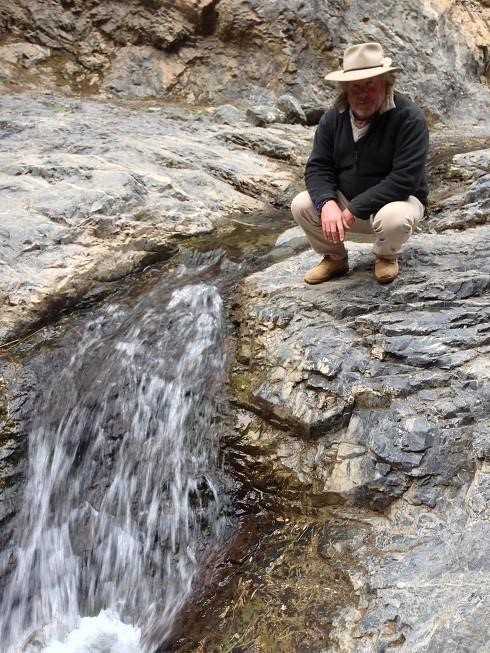
I follow the Gorge out, this is a protected area and it is illegal to be here overnight. As I climb out I find a sign, this is Siberian Ibex country, and the warning is for drivers. The horns on these animals can weigh 40kg, and have a ring for each year of the animals life. Hitting one of these would do a lot of damage.
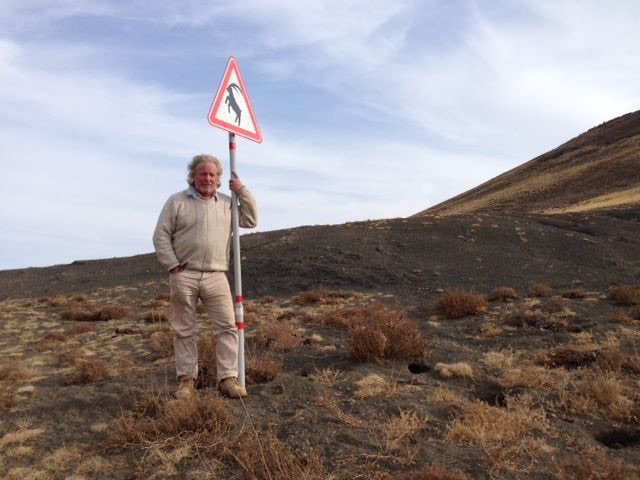
We drive north, and in a couple of days reach Dargalzad, where massive sand dunes separate the rugged expanse of flint plains and act as a barrier between that barren wasteland and a more productive type of desert steppe. We are back to staying with the locals again, and early morning greets us with the sight of the family dog, watching while huge domesticated camels are being saddled.
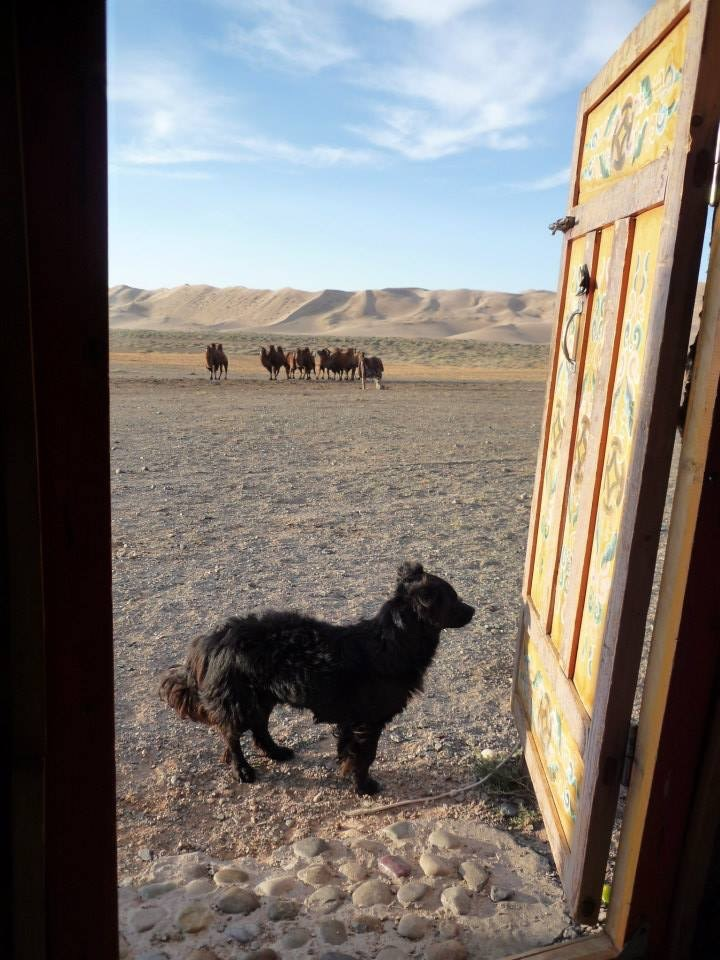
The camels are for us, but before embarking on a journey up the massive dunes I explore a small lake tucked away in the dune foothills. There are Spot Billed Duck here, but they are nervous and wheel away before I can get too close. Cartridge shells lie on the ground, the locals occasionally hunt them. We sit astride the camels, and trek for three hours over the dunes, some 400 feet high. Huggy and his van have to drive the long way around, and meet us the other side, having taken a 30km detour for a journey that was just under 7km for us.
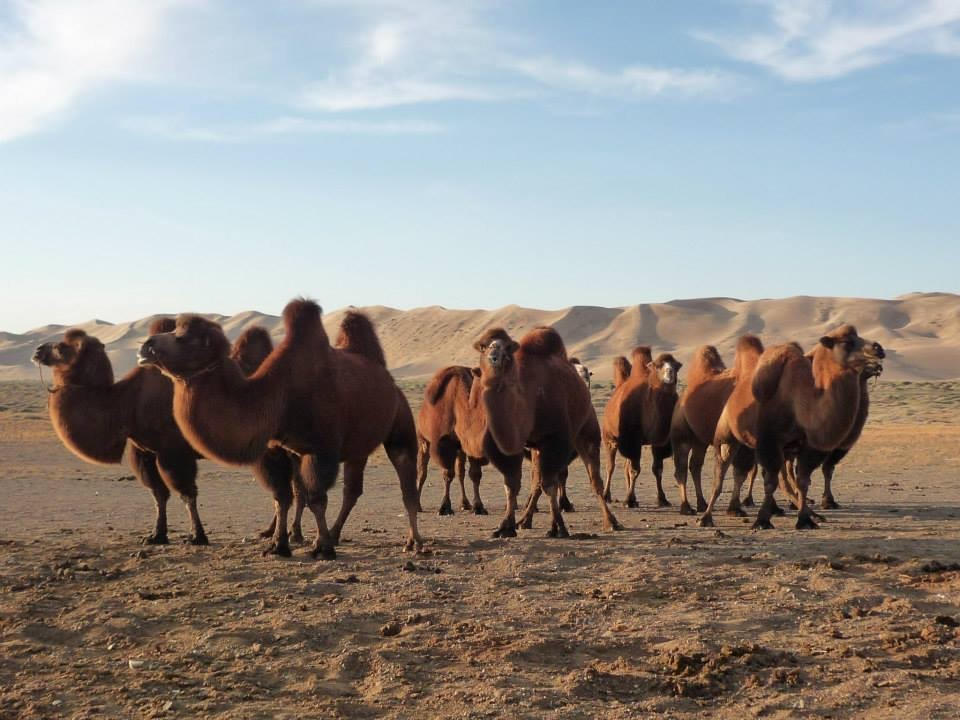
We camp again the other side, another family and another Ger. I like to get up to see the Milky Way and am not disappointed when I wake up at 3am to go outside. Experiments with long exposures eventually yield some success.
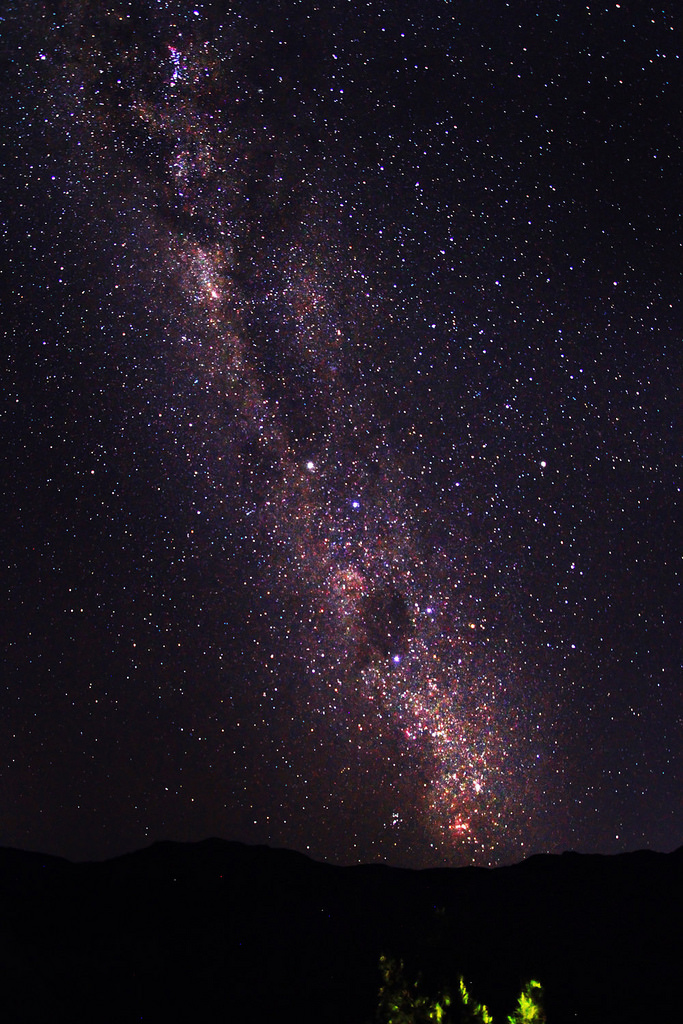
Suddenly, and without any noise, a star drops. A massive flash bursts across the dark over the desert night, illuminating far off Hills with bright white light for several seconds – a Meteorite has just exploded overhead. All is utterly, kneeling pew silent, in awe of the cosmic brilliance.

The following day we hit the main road back to Ulaan Baatar, and although it will be a long drive along the metal tarmac, it is apparent we are getting closer to civilization, and farther away from the real world. We stop en route at a nomadic version of a truckers café, and order steaming fresh bowls of Horse Meat with Noodles. It’s really tasty. “Fuck!” says Huggy; “Yak! Eat!” and we do.

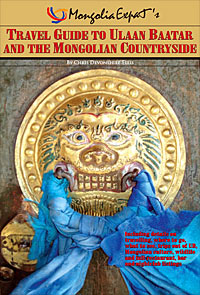 Chris Devonshire-Ellis’s Guide to Ulaan Baatar & the Mongolian Countryside, which contains details of treks such as that described, can be downloaded for free here
Chris Devonshire-Ellis’s Guide to Ulaan Baatar & the Mongolian Countryside, which contains details of treks such as that described, can be downloaded for free here